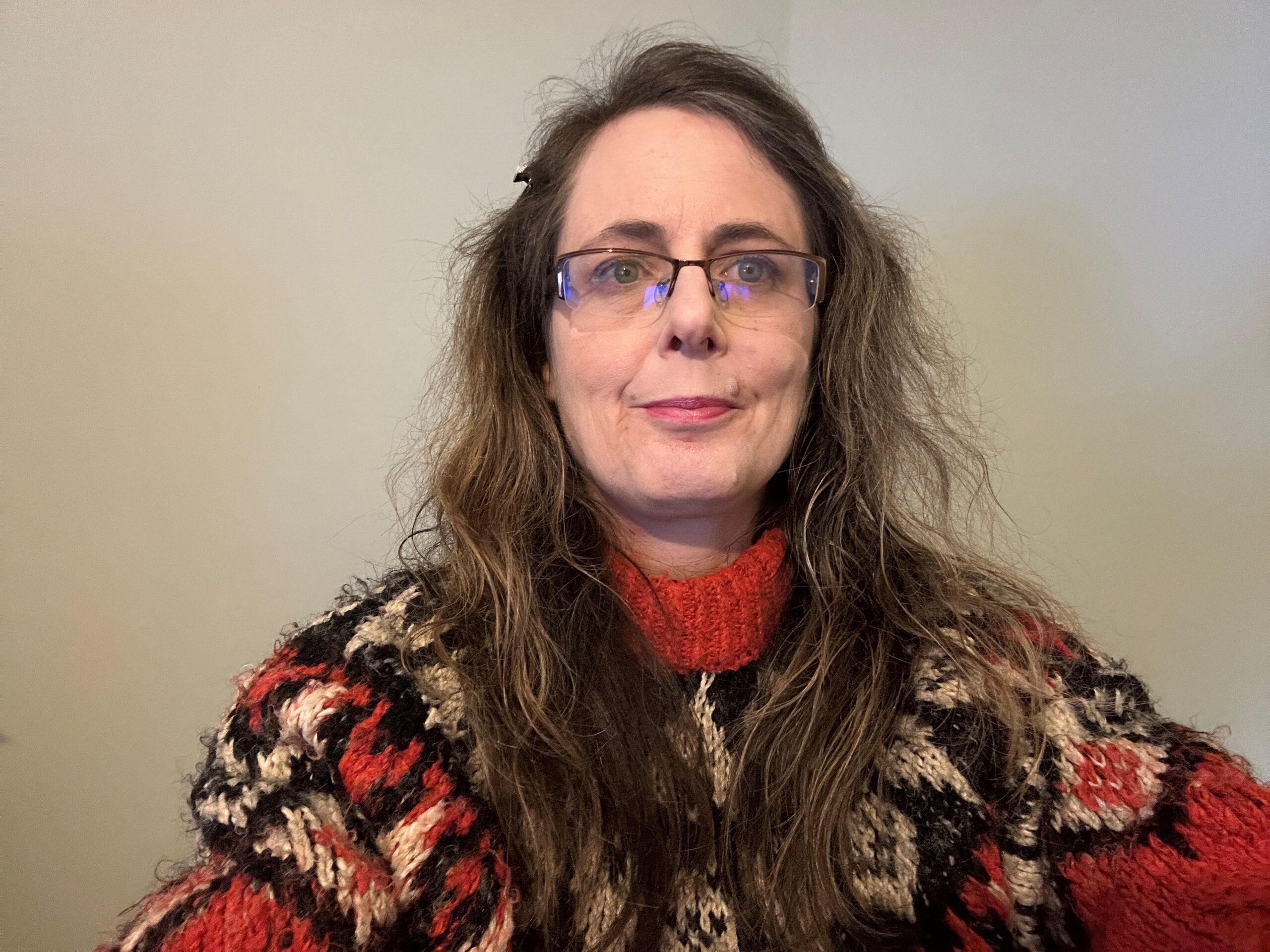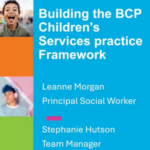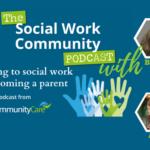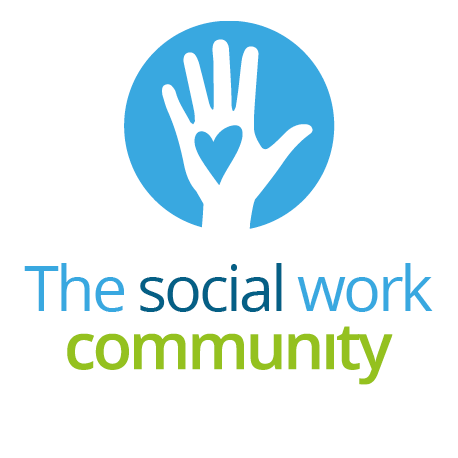
by Ruth E Hare
Ruth E Hare is a senior practitioner in Birmingham City Council’s quality and practice learning and hoarding teams and was named adult social worker of the year at the 2023 Social Worker of the Year Awards.
08:30 – I log on with a cup of tea and read through my emails and notifications.
09:00 – We have our weekly team brief over Microsoft Teams. I manage the hoarding team – a sub-team of the adults’ service student unit – so we share updates and discuss key issues affecting the students.
One that comes up is the number of safeguarding referrals coming through. Our team manager leads a discussion on how the unit can best aid our hoarding team and we agree on increasing support around processing referrals. The student unit’s team manager will also be helping me manage and close safeguarding referrals down when appropriate.
The team briefing ends with a welfare check, where the chair enquires about everyone’s wellbeing. I find it is a good opportunity for members to offload and say how they are feeling with work or any pressing personal issues.
10:00 – As the onsite supervisor, I have midpoint reviews for two of the students on my team after the team meeting.
It is lovely to learn how well the students are doing. They have positively developed their relationship-building and person-centred skills, which are essential for working with citizens who hoard.
A specific case is mentioned where the student, through persistence and person-centred work, successfully engaged a citizen to agree to a clean-up of his home. We also touch on the skills that need further developing, with a focus on complex Care Act assessments.
12:00 – I take an hour-long lunchbreak today.

Pictured: Ruth E. Hare
13:00 – I go through referrals and make a decision about which I can accept. I then make some phone calls to citizens we work with to arrange interviews for the research I am conducting about outcomes of interventions for citizens who hoard. It is a short piece of qualitive research with seven contributors.
14:00 – I have some time set aside for admin tasks, but I receive a phone call from a student who is at the hospital.
She is concerned that an unsafe discharge is about to take place, so we talk through the options available to her. The student then explains her concerns to the ambulance staff, who return the citizen back to the hospital.
We also discuss whom else she could alert about her concerns at the hospital. The discharge has been avoided for now but the hospital can still decide to discharge the citizen at any point. The student informs the citizen’s son about the situation before she leaves.
15:00 – I have a meeting with the commissioning team and our third-party organisation that specialises in hoarding. Their director acts as a mentor for the students.
We discuss various concerns, including waiting lists for both the third-party organisation and the hoarding team, and how we will manage them.
There is a discussion about whether consistency in staffing is important in relation to waiting lists, and how funding and budgets affect our ability to retain and hire staff.
16:00 – The day ends with a catch-up with my team manager, who supported me while I was on annual leave the previous week.
We go through some of the issues that were raised in the meeting today and come up with a clear set of actions for the hoarding team.
We agree that I will prioritise the safeguarding forms that have been sent through and discuss how I can best manage my time so that I can effectively balance out my work and home life.
17:30 – I finish off with a phone call to the student to discuss her learning from the incident earlier in the day and to get an update on the citizen. I am told she has been taken home with the support of her son.
I reassure her that she is doing well and state how impressed I was with her actions.
Celebrate those who’ve inspired you

Photo by Daniel Laflor/peopleimages.com/ AdobeStock
For our 50th anniversary, we’re expanding our My Brilliant Colleague series to include anyone who has inspired you in your career – whether current or former colleagues, managers, students, lecturers, mentors or prominent past or present sector figures whom you have admired from afar.
Nominate your colleague or social work inspiration by either:
- Filling in our nominations form with a letter or a few paragraphs (100-250 words) explaining how and why the person has inspired you.
- Or sending a voice note of up to 90 seconds to +447887865218, including your and the nominee’s names and roles.
If you have any questions, email our community journalist, Anastasia Koutsounia, at anastasia.koutsounia@markallengroup.com




 Bournemouth, Christchurch and Poole
Bournemouth, Christchurch and Poole  Hampshire County Council
Hampshire County Council  Oxfordshire County Council
Oxfordshire County Council  South Gloucestershire Council
South Gloucestershire Council  Wokingham Borough Council
Wokingham Borough Council  Webinar: building a practice framework with the influence of practitioner voice
Webinar: building a practice framework with the influence of practitioner voice  ‘They don’t have to retell their story’: building long-lasting relationships with children and young people
‘They don’t have to retell their story’: building long-lasting relationships with children and young people  Podcast: returning to social work after becoming a first-time parent
Podcast: returning to social work after becoming a first-time parent  How managers are inspiring social workers to progress in their careers
How managers are inspiring social workers to progress in their careers  Workforce Insights – showcasing a selection of the sector’s top recruiters
Workforce Insights – showcasing a selection of the sector’s top recruiters 

 Facebook
Facebook X
X LinkedIn
LinkedIn Instagram
Instagram
I am surprised by how well resourced this team seems to be ie. A specialist hoarding team and a third party sector team? I think I’m jealous. Where I am everything is just allocated generically and we don’t have any support or referral options for hoarders.
Having attended numerous webinars on hoarding my only conclusion is that specialist teams is the only way forward. Sadly, for most of the country’s Social Workers, including myself, they don’t exist. Respect to Ruth and her team though.